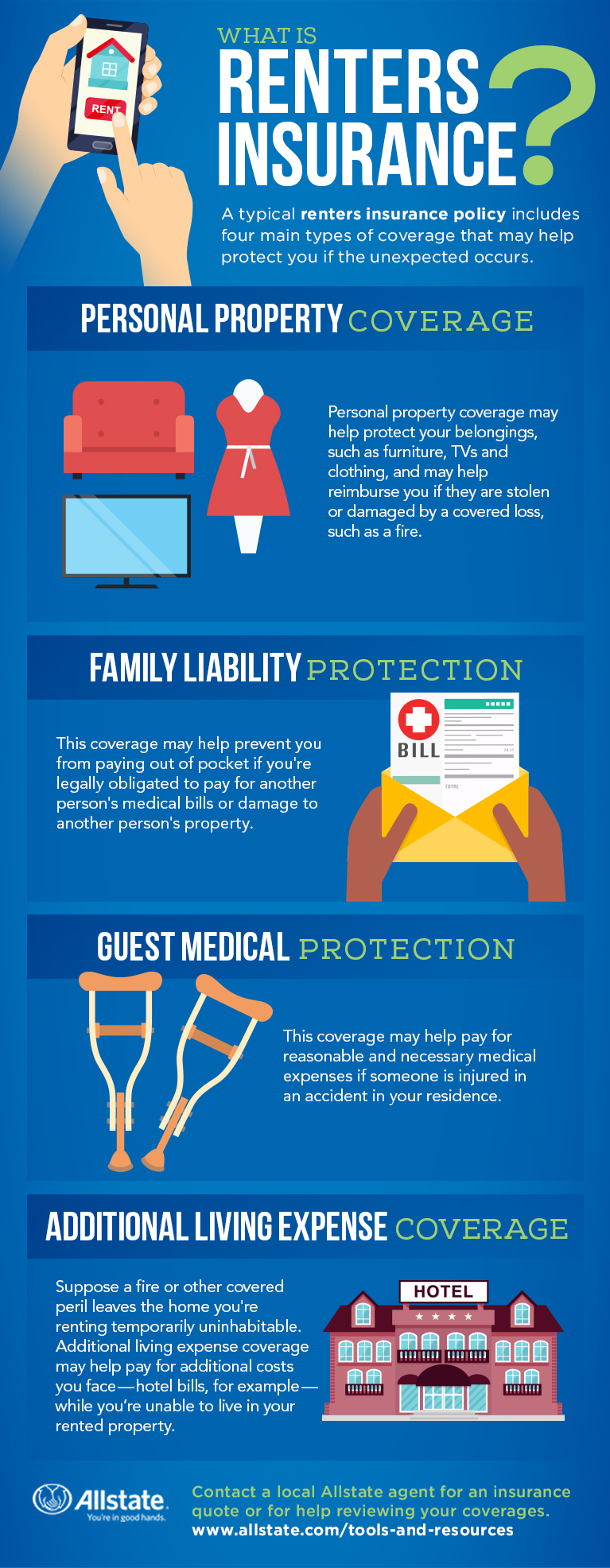Home security doesn’t just consist of a security alarm system, or your loyal animal companion to alert you. Home insurance also includes protecting your residence with homeowner’s insurance as well. Insurance coverage is essential for your biggest asset’s overall protection. Homeowner’s coverage is a form of property coverage that covers losses and damages to an individual’s house and assets in the property. In the event of a disaster, thefts or accidents involving your home, homeowner’s coverage provides you with the financial protection needed during these tough times. Most standard policies include five essential types of coverage:
- Interior Damage
- Exterior Damage
- Loss or Damage of Personal Assets/Belongings
- Injury (while on property)
- Coverage for additional living expenses
When a claim is made regarding any of these incidents, the homeowner will be required to pay a deductible, which in effect, is the out-of-pocket costs for the insured. It is very similar to auto coverage regarding protection. For example, your basement becomes flooded from a terrible storm, like the one that currently occurred on the east coast. You contact who you have a policy with to make a claim regarding your property. This would be considered interior damage as one of the particular coverage’s stated earlier. A claims adjuster has estimated that it will cost roughly $12,500 to repair the damages. When the claim is approved, the policyholder first has to pay the deductible (as stated in the policy agreement when they signed up), before the work is scheduled to begin.

Rental coverage is very similar insurance coverage, being that it provides protection against the most types of problems that a homeowner may occur. This coverage is for individuals who don’t own their residence and are renting their property.
Detached structures like garages, tool sheds and gazebos are also covered with coverage. The landscape surrounding your property is also covered as well. Items such as trees, plants, shrubs, and flowers are generally covered for around $300-$500 per item.
Personal belongings like clothes, jewelry, collectibles, furniture, kitchen and bathroom items and other personal items are also covered as well. There are limits regarding these personal items though. When signing up for coverage, you usually get to pick the amount of coverage you prefer. It would be a good idea to get your valuable items appraised annually just for protection in case you have to make a claim. Some companies even offer up to $500 of coverage liability on unauthorized use of your credit cards. I know right, I couldn’t even believe that one. The best way to determine if you have enough coverage would be to do an annual inventory of your residence to determine if your coverage is enough.
Natural disasters such as earthquakes, landslides or floods are typically excluded from most policies. For the people who live in areas prone to natural disasters, they’re policies that are explicitly designed for those individuals. All forms of coverage’s also provide additional living expenses, called “ALE,” which is coverage for the extra costs of living away from your residence if it is uninhabitable due to damage from an insured disaster.
Additional Living Expenses (ALE)
Type of coverage that’s included in your homeowner policy. Additional living expenses coverage covers you if your residence is inhabitable. ALE pays for the difference between pre-and-post housing and food costs. It covers hotel expenses, food(such as grocery, restaurant meals, etc..) and other similar expenses. ALE coverage reimburses the insured for the costs of maintaining a comparable standard of living following a covered loss. Meaning any expense that exceeds what you would usually spend. In layman’s terms, ALE covers you for the additional costs that you’ll occur during your displacement. The amount of coverage for additional living expenses varies from one company to another 10%-30% in most places. ALE’s coverage is 50 percent of your personal property limits. I strongly advise policyholders to keep all receipts for lodging, meals and other essentials to make a claim easier. Depending on the insurance carrier, funds are available immediately upon loss notification. Other carriers will reimburse policyholders at a later date. Overall, ALE coverage is designed to help families obtain better housing options, providing the opportunity to improve an already challenging situation.
Liability Coverage
You can protect your assets against claims and lawsuits with liability coverage which is available on your homeowner’s policy. Liability covers you against lawsuits for issues regarding your property, such as bodily injury or property damage that you or family members may cause to other people. It also can pay for damage caused by your pets. Depending on the limits you’ve agreed to when you obtained a policy. You can also be covered for the costs of defending you if you’re ever required to attend court. Liability limits usually begin with $100,000, but it’s wise to consult a Miami, FL public adjuster to determine if that will be enough coverage for your property. If you decided to obtain more coverage than the norm, I’d suggest getting an excess liability policy which provides a broader coverage with higher liability limits. Another perk of the liability portion of your homeowner’s coverage is called “no-fault coverage,” this is when an individual, whether a neighbor, friend or stranger gets hurt on your property. If a costly injury occurs, they can submit their medical bills to the company for financial remedy. This does not, however, pay the medical bills for your immediate family or pets.
Premium Insurance Factors
Different factors determine your coverage premium. Below I’ll list some of them for you to consider when obtaining coverage.
- The location plays an important role determining your premium.
- The condition, age, and construction also play a significant part as well.
- Marital Status also is a factor.
- If you have a swimming pool is also a factor.
- Your deductible influences your monthly premium.
- Remodeling
To get the most effective coverage, I would suggest getting a professional appraiser. Some insurers send their appraisers to appraise the property as part of the approval process. If your home is damaged or destroyed, this can be advantageous during the settlement process.
Policy Deductible
The amount you have to pay toward a loss before the company pays a claim is called the deductible. As with most policies, the higher the deductible, the less your monthly premium will be. This makes choosing the right amount of coverage a significant decision. The consensus among most insurers is to recommend a deductible of at least $500. As stated earlier though, your deductible will be lowered if you decide to choose a higher deductible. This can add up to a savings of up to 30% on your coverage.
Believe it or not, your credit score can affect your premium significantly, even with some companies, the ability to obtain coverage. In the industry, you have whats called an insurance score. People with low credit scores can be considered as a financial risk for some companies. If you are granted a policy, be aware that your premium might be higher than the norm. But as with everything, with effort, you can improve your credit score and then obtain another policy reflecting the change.
Companies use multiple factors when determining your rates. These factors point to the importance of shopping for coverage. You may be paying too much for coverage if you’re not buying around.
References

